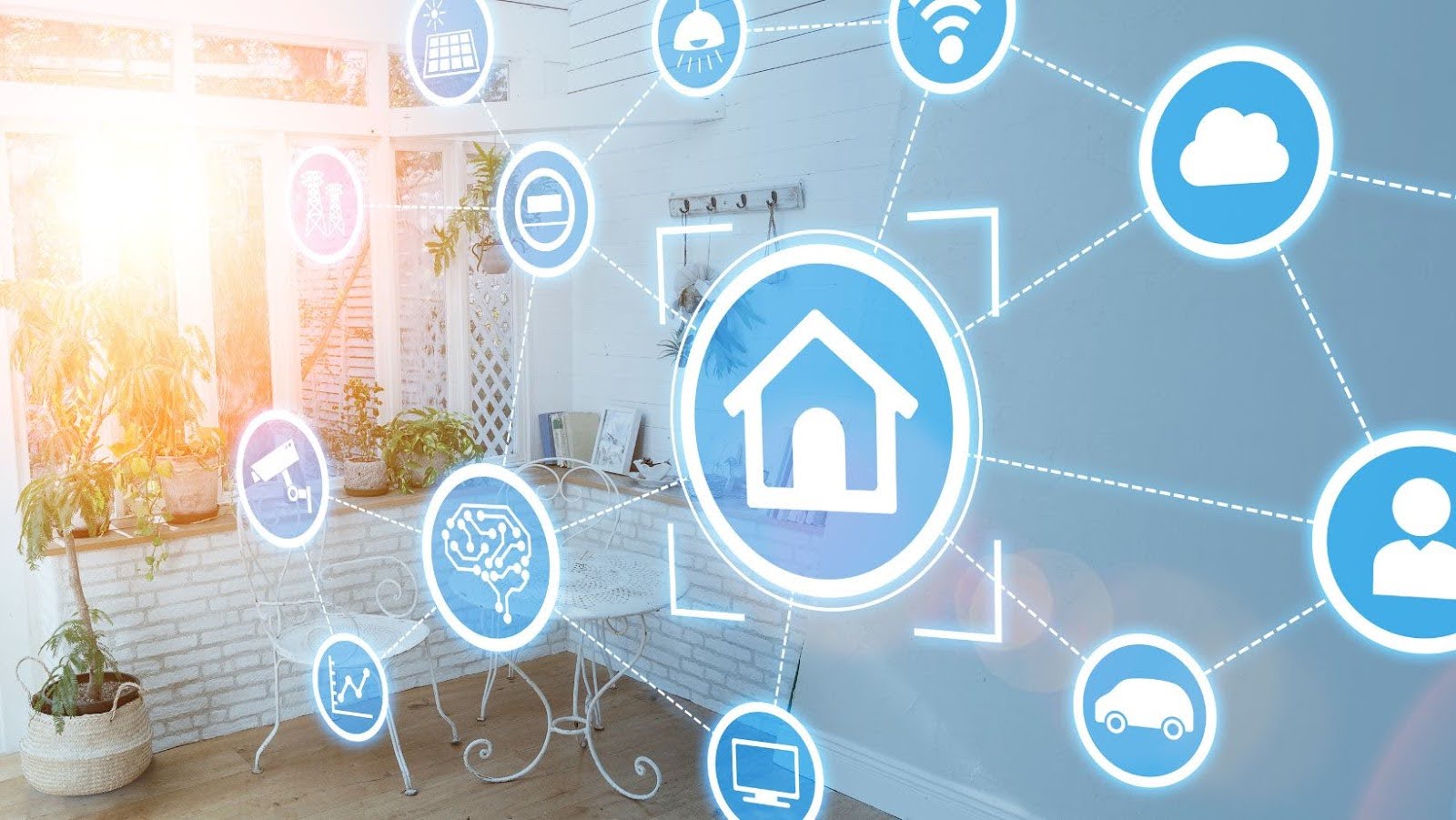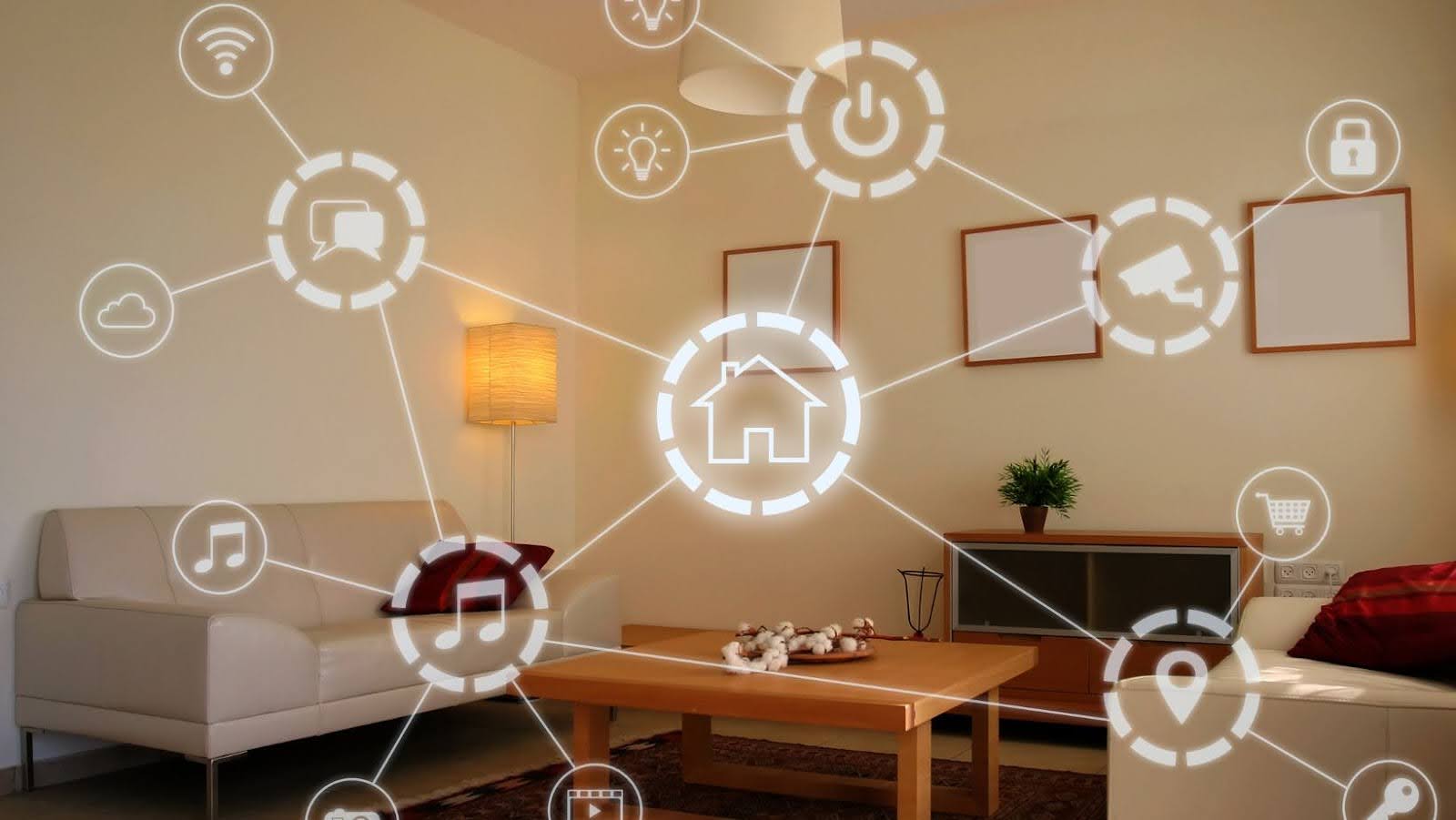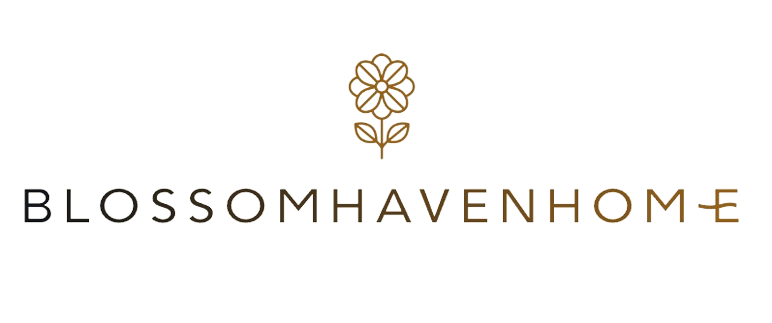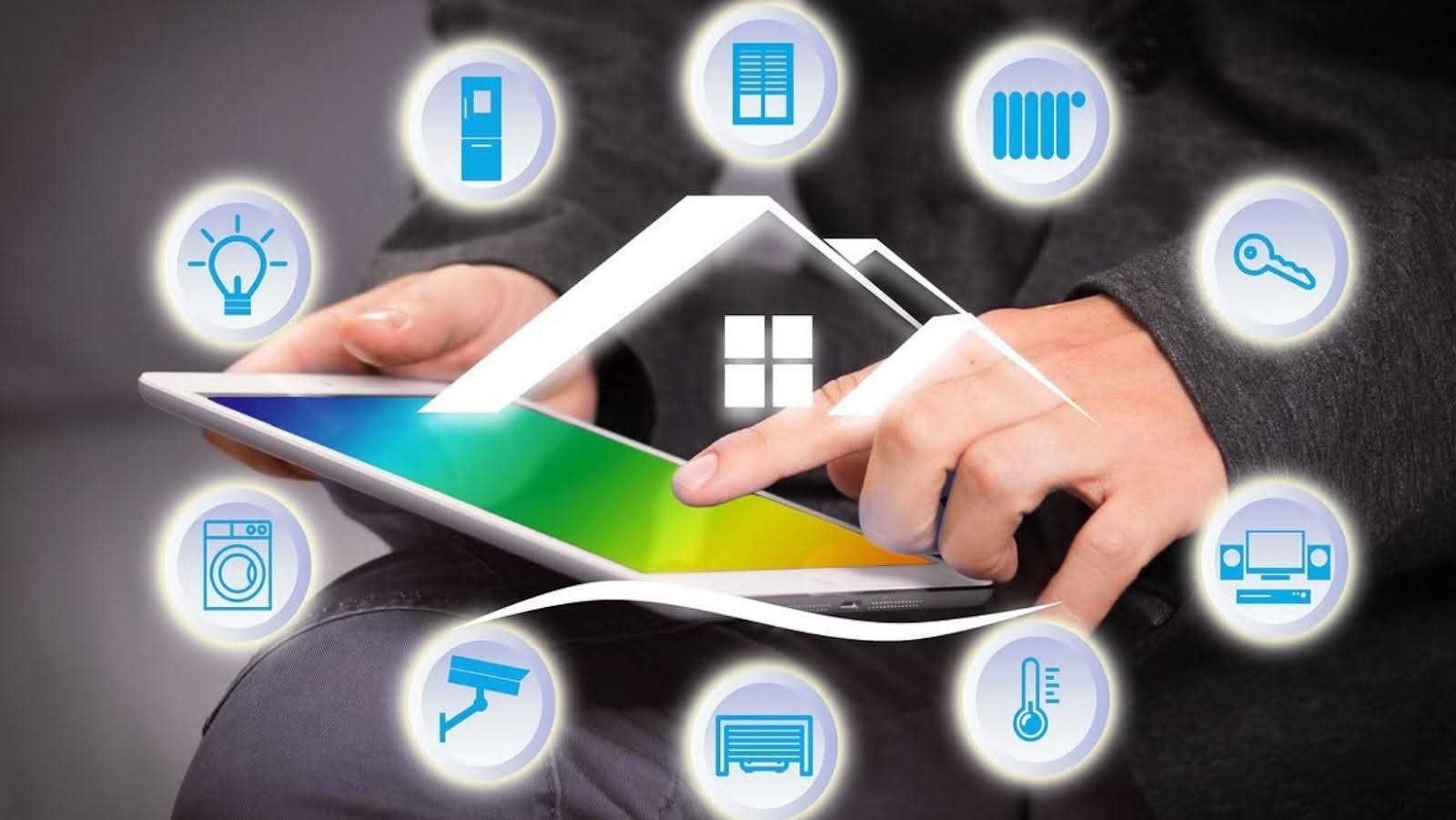Smart homes are rapidly shifting from futuristic fantasies to everyday realities. As a homeowner or prospective buyer, you’re likely already familiar with voice assistants, smart lights, and app-controlled thermostats. But the landscape is evolving fast. Over the next five years, the innovations in home technology are expected to transform not only how you live but also how you buy, sell, and interact with real estate.
In today’s tech-driven market, smart features are becoming integral to home value. Whether you’re thinking of upgrading your living space or preparing to sell a property, staying informed about smart home trends will help you make decisions that align with future demand. Moreover, content tools like an AI subtitle generator free tools, can support your journey by simplifying the creation of digital content showcasing your smart home.
Let’s explore the key trends shaping the future of smart homes and how they’re set to influence real estate, daily living, and content creation.
The Smart Home Revolution and Real Estate
You’ve likely noticed a shift in how homes are listed and sold. Smart home integration is now a major selling point in real estate listings. Voice-activated assistants, remote monitoring systems, and energy-efficient appliances are becoming more and more popular among buyers.
For you, this means that incorporating smart tech could increase the marketability of your property. Features like intelligent lighting, smart thermostats, and automated security systems offer convenience and energy savings, making your home more appealing to modern buyers.
Real estate agents and homeowners are also embracing AI to enhance how properties are marketed. Whether it’s short-form videos on social media or immersive virtual tours, AI tools can generate engaging visual and educational content. With platforms offering AI subtitle generator free solutions, you can quickly add professional-quality subtitles to your property videos, improving accessibility and viewer engagement.
Key Trends to Watch
1. Interconnected Ecosystems
Over the next five years, you’ll see more homes using unified systems that connect devices from various brands. The rise of Matter, a new interoperability standard supported by Apple, Google, and Amazon, means you won’t need to stick to one ecosystem. Your light bulbs, locks, cameras, and voice assistants will communicate seamlessly, making smart living smoother and more accessible.

2. Energy Management and Sustainability
As energy costs fluctuate and environmental concerns grow, energy efficiency will become central to smart home development. You’ll find smart thermostats and appliances that adapt to your usage patterns, helping to reduce electricity bills. Solar panels integrated with AI-powered home energy management systems will also gain popularity, giving you control over how and when energy is used in your household.
3. Voice and Gesture Control
The shift toward contactless interfaces is picking up speed. You may already use voice commands to adjust lights or play music. Going forward, expect enhanced gesture control systems that allow you to manage devices with hand movements. This trend is especially useful in kitchens, bathrooms, or spaces where touch devices aren’t practical.
4. Health Monitoring and Wellness Tech
Smart homes are expanding beyond convenience into wellness. Devices such as air quality monitors, circadian lighting, and smart beds that analyze sleep patterns will become more common. If you or your family members have health concerns, these tools can provide real-time updates and even alert medical professionals in case of emergencies.
5. Enhanced Home Security
Safety remains a top priority. Advanced cameras, motion sensors, facial recognition, and even AI-powered threat detection systems are evolving rapidly. You can monitor and manage security from anywhere through your phone, giving you peace of mind when you’re away from home.
Smart Appliances and Daily Living
Every day living is also becoming more intuitive. You can now operate smart refrigerators that notify you when items expire, ovens that follow recipe instructions, and washing machines that adjust cycles based on load weight. These appliances are expected to become even more intelligent, adjusting settings based on user habits and integrating with your calendar and smart home routines.
This evolution of home technology offers convenience and a better quality of life. For example, your smart speaker might suggest meal prep ideas based on what’s in your fridge or adjust your home lighting to match your sleep schedule. These small efficiencies add up, giving you more time and energy for what matters most.
AI in Smart Home Marketing and Content Creation
Smart homes are not just easier to live in, but they’re easier to promote and sell, too. As someone looking to market or showcase a tech-enabled home, you have access to a range of tools to simplify content creation.

Using an AI subtitle generator free tool can help you subtitle walkthrough videos or tutorials that explain how your smart home features work. This improves content accessibility, especially on social media platforms where users often watch videos without sound.
If you’re creating marketing content for platforms like Instagram, YouTube, or TikTok, an app like an AI generated video app can streamline the process, allowing you to develop and post engaging videos without needing advanced editing skills. Whether you’re explaining how your automated lights work or sharing tips on home security, AI apps help you communicate clearly and effectively.
These AI-based content creation apps are particularly helpful for real estate agents and sellers who want to educate buyers on the benefits of smart home living. Educational video tours, FAQ clips, and short “how-to” segments can all be made faster and more affordably using AI solutions.
The Next Chapter of Homeownership
In the future, having a smart house is probably going to be the rule rather than the exception. As technology continues to integrate into everyday life, it’s worth taking a proactive approach. Whether you’re upgrading your current home or buying a new one, consider which smart features offer lasting value and align with your lifestyle.
You don’t need to overhaul everything at once. Start small, perhaps with a smart speaker, a thermostat, or automated lighting, and gradually build an ecosystem that reflects your habits and priorities. This approach allows you to stay ahead of the curve without feeling overwhelmed by options.
And if you’re preparing to list your home for sale, showcasing its smart capabilities through well-produced digital content could be a key differentiator in a crowded market.
Conclusion
As a homeowner or real estate enthusiast, you stand at the edge of a major shift in how homes are built, lived in, and sold. Over the next five years, smart home technologies will become more advanced, accessible, and integral to everyday life. From unified ecosystems and energy-saving systems to AI-enhanced marketing tools, the opportunities to enhance your living experience are endless.
By leveraging AI subtitle generator free tools, you can effectively present the value of smart features to others, whether you’re documenting upgrades, educating potential buyers, or simply exploring your tech-savvy side.
Smart homes are no longer a glimpse into the future. They are the present evolving at a rapid pace. Are you ready to adapt and thrive in this new age of living?

